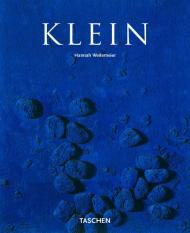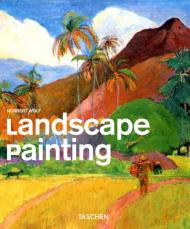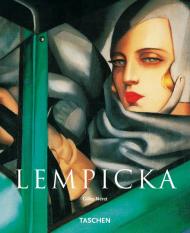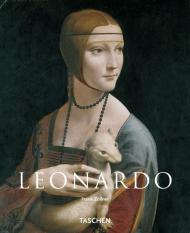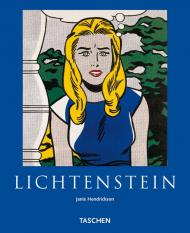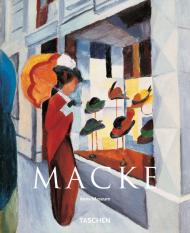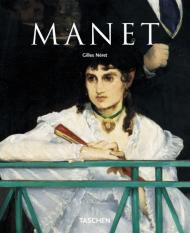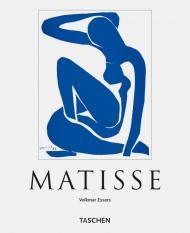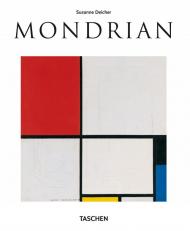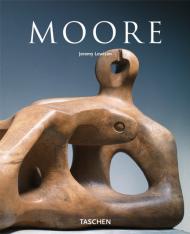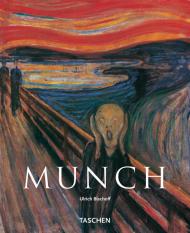"A new world calls for a new man"
In the mid-Fifties, Yves Klein (1928-1962) conquered the world of art, declaring that "a new world calls for a new man". His idiosyncratic style and huge charisma set him on a youthful career in the great art capital, Paris. Soon his famous blue pictures, large-format canvases conceived as spaces for meditation, were making him a name far beyond France.
In a short but intense creative life of just seven years, Klein painted over a thousand pictures which are among the classics of modern art. This book offers an exciting sample of his work.
About the Series:
Each book in TASCHEN’s Basic Art Series features:
- a detailed chronological summary of the life and oeuvre of the artist, covering his or her cultural and historical importance
- a concise biography
- approximately 100 colour illustrations with explanatory captions
